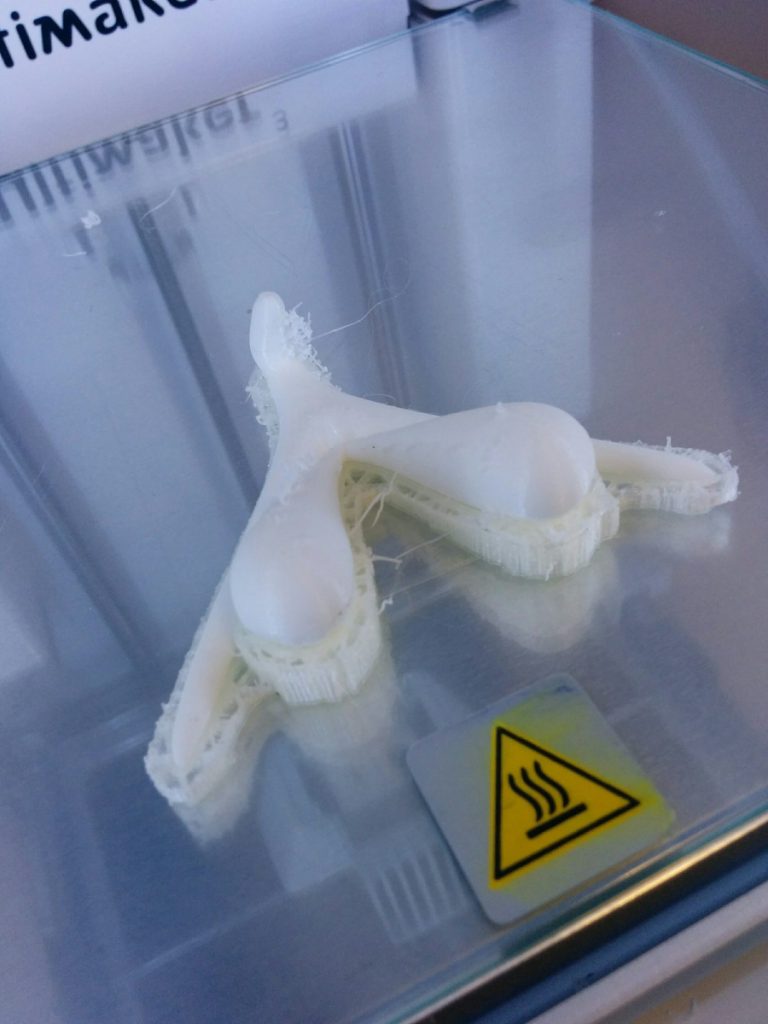All Clitoris Are Beautiful (but some are more anatomically correct than others)
Did you know that it was only in 2016 that the first clitoris model was created? And that it took an independent researcher to dedicate one full year of free labour? Incredible.
Luckily, due to the work of Odile Fillod, supported by the Carrefour Numérique de la cité de sciences in Paris, the first clitoris model was made accessible for all to print in 3D.
This new tool received resounding media support, which underlines the overwhelming need for sexuality education material.
There have since been different versions of the clitoris available. Here is an exhaustive list – but not all of them are scientifically exact.
- Clitoris V1 – Odile Fillod et le Carrefour Numérique ( Download File)
- Clitoris V2- Odile Fillod et Philippe Cosentino ( Download File)
- Clitoris by Amy Stenzel ( Download File)
- Clitoris by Dr Ea Mulligan ( Download File)
In 2020, a team from HUG/Bioscope in Geneva published “In Vivo Imaging-Based 3-Dimensional Pelvic Prototype Models to Improve Education Regarding Sexual Anatomy and Physiology“, by authors Jasmine Abdulcadir, MD, PD,1 Romain Dewaele, MSc,2 Natacha Firmenich, MD,3 Jorge Remuinan, RT,3 Patrick Petignat, MD,1 Diomidis Botsikas, MD, PD,3 and Céline Brockmann, PhD2. Thanks to MRI techniques, intact and cut clitoris have been modelized and 3D printed.
- Clitoris intact MRI-1 ( Download File)
- Clitoris intact MRI-2 ( Download File)
- Clitoris intact MRI-3 ( Download File)
- Clitoris cut MRI-1 ( Download File)
- Modélization of a cut clitoris ( Download File)
- Modélization of an intact clitoris ( Download File)
How to 3D print a clitoris? It’s (relatively) easy, here is how:
- Download the file that interests you.
- Download software that allows you to read the file. Two free applications are Tinkerine and Cura by Ultimaker. There are others.
- Open the .stl file in the downloaded application.
- Find a 3D printer . It is becoming easier to access a 3D printer. They are often available in educational institutions, librairies, fablabs, cafés… With a bit of research, you’ll find one nearby.
- Once you have found the printer, export your gcode file from your USB key or SD card into the 3D printer. You’ll then pass the next hour marvelling at digital technology.
- Troubleshooting? Intimidated by all this? The facilitators who are around 3D printers are usually super helpfull and glad to help people get more autonomous with technoligies. Ask for help!
- This is not for you? Just buy it. You can purchase a clitoris V2 by Odile Fillod via PIY3D, which gives a portion of the profits to the researcher. Mind other distributors who may reproduce the file and profit from it without crediting the creator.
- Contribute, share, spread the knowledge:
- use and distribute copyleft content;
- credit the makers and scientists who do the work and make it available;
- develop your own tools.


Comments are closed.